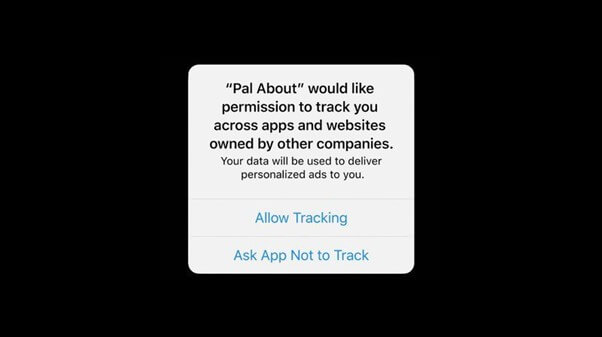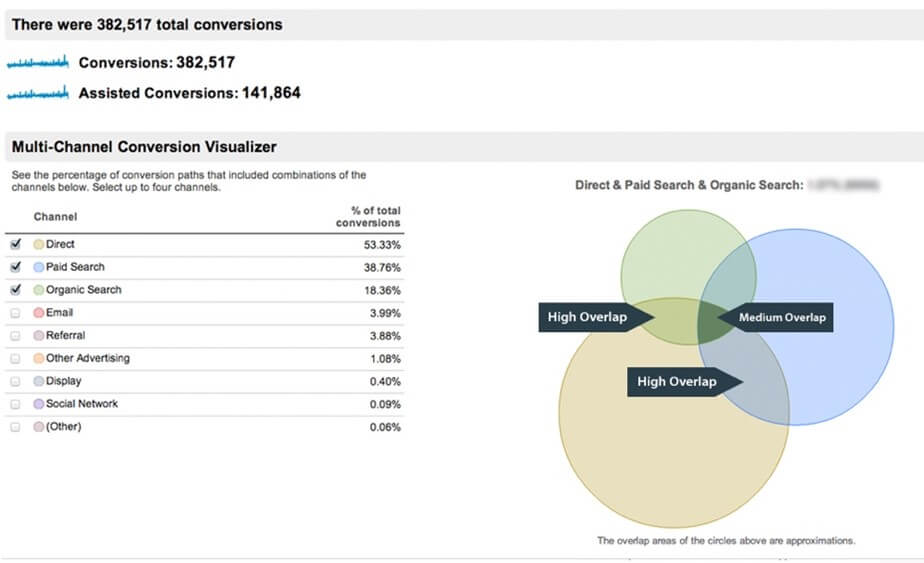Circus PPC
iOS 14.5 – When in doubt, zoom out
In April 2021, Apple upset the apple cart (hilariously intentional pun) with their iOS 14.5 update, which gave users more active participation in the way their data is collected. Anyone with the new OS can now opt out of apps tracking their activity across different platforms, with later versions reminding the user of their rights with every update.
Where is the line between a company’s right to use information and the user’s right to privacy? Knowing how consumers use different online platforms is essential for marketers and brands, but users want the anonymity the internet provides.

From an uptake point of view, this decision by Apple has been a popular one. As of May 2021, around 85% of users have chosen to opt-out already. Can you hear that? It’s the worlds tiniest violin playing for every social media marketer in the world.
Will this be the end of the golden era of digital advertising? There is no doubt that working with these new changes will be a massive challenge for growth marketers, but we have pivoted once, and we can pivot again!
Since the release of iOS 14.5, agencies and their clients need to shift their focus away from each individual puzzle piece of data, to the whole picture each piece creates. When in doubt, zoom out.
For example, Facebook has seen a rise in performance fluctuations of campaigns that functioned well before the updates, but this doesn’t necessarily mean these campaigns are no longer effective. The way Facebook gathers and reports data has changed. This creates a greater reliance on multi-platform analysis to understand the campaign’s true performance.
In a webinar hosted by Facebook on the implications of these changes, it suggested that Apple’s changes are likely to affect advertising accounts on Facebook by only 5%, a much more reassuring figure than the 60% that was initially thought. Data around app install campaigns will naturally be affected more, and are seeing a drop in account performance of 10-30%.
If a user does opt out of app tracking transparency, Facebook does still have the ability to track the purchase conversion through Facebook reporting, so marketers are still able to test the viability of ad sets through Facebook and use that data to make critical decisions with their clients through the Aggregated Event Measurement to measure campaign performance, in a way that is consistent with consumers decisions about their data. FB use Aggregated Event Measurement to process Pixel conversion events on iOS devices. Facebook Pixel conversion events can track the actions people are taking on your website.
Marketers need to watch out for the delay in Facebook’s data reporting because of this. Before the recent update, you would be able to check in on an ad’s performance in real-time. Now, it will take up to 5 days before the complete conversion data will appear in Facebook analytics. This delay is forcing marketers to consider the implications of over longer time horizon, rather than day by day (which actually is the better practise anyway).
This change in the data reporting period is due in part to a shift in how Facebook will now attribute sales.
Another shift we’ve seen is the removal of view-through conversions events. Meaning, if a potential customer sees a product in your ad and purchases it without clicking on the ad first, (i.e. they visit your website directly to purchase instead), Facebook will no longer attribute this sale to the ad.
Before iOS 14.5, Facebook would have attributed the purchase to the ad, as it would have considered it as part of what influenced the customer to make the purchase. Now, Facebook cannot track the user’s activity across other platforms, so they cannot report that the user went on to buy the product. Facebook can only report conversions from a user clicking on an ad and making a purchase within 7 days. But, perhaps an unpopular opinion amongst marketers, is that view through conversions have always been a little ‘slimy’. The role of the marketer is to create meaningful engagements with customers. So, make them, just don’t use impressions.
Are you starting to feel the sting of iOS 14.5? Take a deep breath and read on. All hope is not lost!
We aren’t losing a vast amount of data; we just need to be shrewder about how we collect and analyse it.
All data from click-through conversions made on Facebook will still be accurate after the 7-day reporting period, and Facebook will still report which of your ads have been seen in what traffic volumes. We can cross-reference this information with Shopify (other web stores are available) and Google Analytics data to infer what percentage of conversions made through these methods are likely to be contributed to seeing the original ad on Facebook.
We’ve spent some real quality time in the multi-channel funnel area of Google Analytics recently. This tool allows you to fully scope the marketing mix channel by channel, with the assistance of some handy Venn diagrams. Take a look!

And at the end of the day, if your sales are up, your advertising is working.
Facebook cannot track a user’s journey across platforms, but growth marketers still can. We have the data. Globally, it’s a smaller problem…

As you can see, Android and iOS make up over 98% of the global market share, but Android takes up a whopping 85%, whereas iOS is about 14%.
Like we said before…
When in doubt, zoom out.
Written by
Karl Sandor, Chief Marketing Officer

